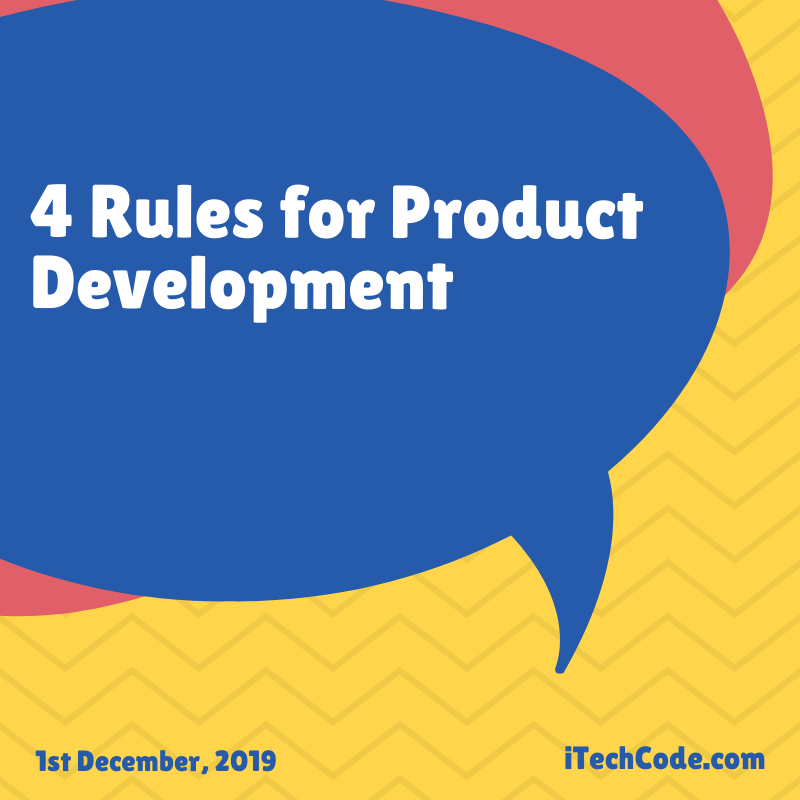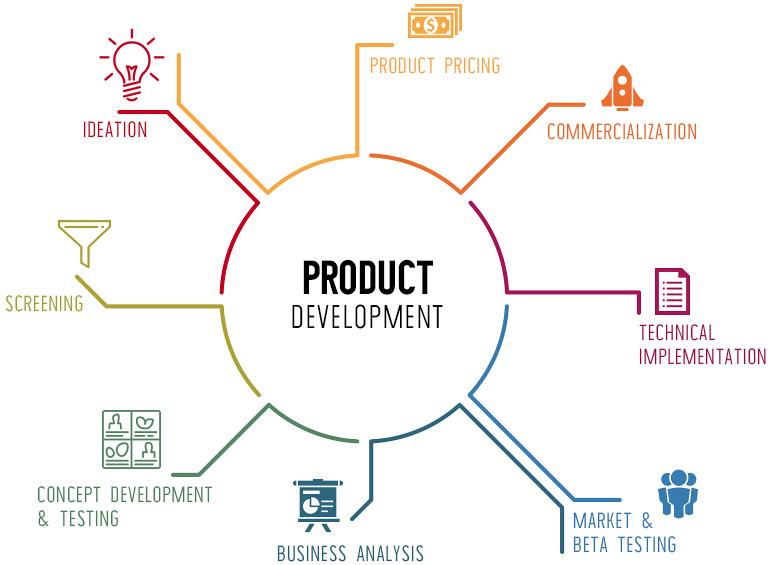Taking a product design from paper to real life is no walk in the park. Whether you’re developing your first line of products or expanding on your core set, there are dozens of best practices you can (and should) follow but these 4 rules will help you keep your product development clean.
1.Establish a Market Need
One of the biggest risks associated with product development is using the time and money to create a product that the market doesn’t want. It’s imperative that you identify a true need or niche for your product before taking the idea of development. You’d be surprised how many starts putting together schematics without ever talking to a potential customer.
To save yourself from a flop, make sure that you’re talking to people about your product and getting their feedback. Don’t focus too heavily on what your mother or brother has to say, either. Instead, look for networking events and opportunities to talk to people about your product. Take their feedback in stride and if you find that they are mostly negative, reconsider your product. After all, a product will never succeed if there are no customers who want to buy the product.
2. Find the Right People for Your Team
Companies like Boost Labs can help you create the materials you need to take an idea to a product, to market. A lot of people who are looking to develop a product either believe that they have all the help they need in themselves, or hire help that isn’t truly constructive for the betterment of the product.
When you’ve got the funding and the blueprint, make sure that you’re hiring people with industry-specific people that understand the market you want to launch your product in. Having the right people in your corner will make your product more successful. For example, if you’re launching a new clothing line- Hiring someone who has a wealth of experience in the fashion niche is going to play to your benefit. Though it may make sense to hire for personality and train for experience in your day-to-day business operations, it does not make sense for product development.
3. Master Your Unique Value Proposition
No matter how good your idea is if you can’t convey your unique value proposition you’re going to fail. Nowadays, people buy the brand message more than the actual product. Moreso, the market is constantly demanding the next big idea in nearly any niche you can think of. Your unique value proposition should tell potential customers:
- The benefit of your product or service.
- How you solve a need or want for your customers.
- What makes you different from the competition.
By understanding these three portions of the UVP, you will be able to optimize your product for the need you’re trying to serve- as well as protect yourself from market rejection. If you’re finding that your unique value proposition is difficult to convey to potential customers, you haven’t mastered it. Go back to the drawing board.
4. Establish Your Go-To-Market Strategy
A go-to-market strategy is your plan for how you will acquire new customers and what marketing strategies (and investments) you will use to do so. This is where hiring the right help will really pay off. From seed-funding to presenting the product to the market, your GTM strategy is going to be your guiding light (as well as set the stage for your product’s success).
Conclusion: Test, Test, and Test Again
Product development is an exciting journey. Great ideas can happen at the most unexpected time. To tie ideas down to reality, make sure you follow these tips. If you think you’ve tested your product enough, test it again. The more you can ground your idea with data and real-world application, the better your chances of creating a successful product becomes.
Have you worked as a product developer or tried to make an idea ready to go to the market? Share your biggest challenges with the product development process in the comments.


You can also stay updated by subscribing to iTechCode.